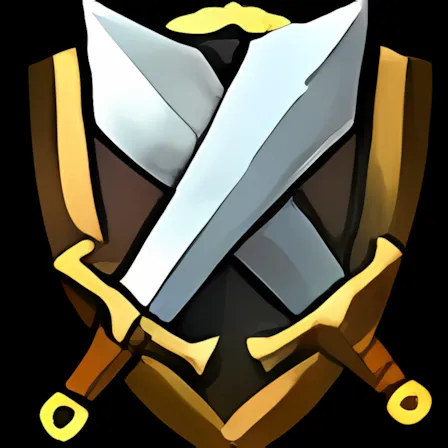
WoW PvP Arena Comps Tier List [Explained] (Nov 2025)
Check out ⭐ PvP Arena Comps Tier List with detailed explanation for WoW The War Within PvP Season 3
Top 5 3v3 Arena Comps - The War Within PvP Season 3
This article covers the top five BEST arena compositions to kick off Season 3 of The War Within. These compositions made the list because they are statistically the most represented combinations above 1800 at the start of week four here in season 3. The following format is used for each ranking:
DPS / DPS / Healer | Comp Name | Representation above 1800 rating as a percentage.
#1: Subtlety Rogue / Fire Mage / Holy Priest | “RMP” | 6%
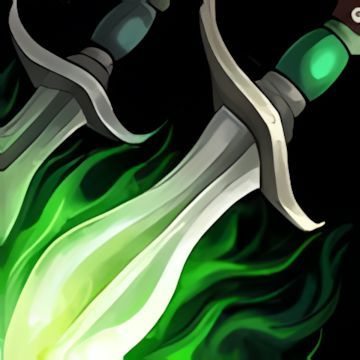
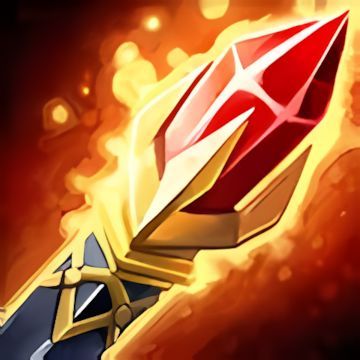
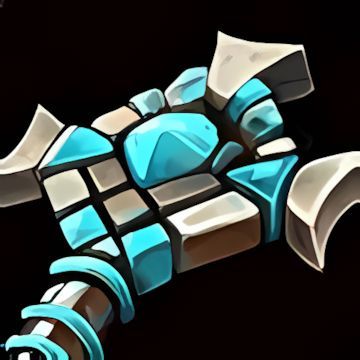
Synopsis: Rogue, Mage, and Priest have all been a staple in the arena since the beginning of time. Season Four of The War Within is no different. Even after the holy Priest ( Check Healer rankings ) nerfs heading into this season, we still see Holy Priest RMP as the most represented composition above 1800. Holy Priests are still versatile healers who excel at enabling Rogue-Mage to do their thing. Priests have multiple viable covenants with different strengths. Recently Kyrian has become the most popular choice as it allows the Priest to do serious damage to assist in securing kills. As seen in the Arena World Championship, Rogues also have the option of playing the Combat specialization instead of Subtlety. But, this list is based upon ladder statistics, and those statistics have Subtlety RMP claiming the top spot. While executing Rogue-Mage set-ups takes significant skill to do against equally skilled players, if done perfectly there are very few compositions that can contest the power of RMP in this meta. Check DPS rankings
Pros: When executed correctly, very few teams survive against RMP. This iteration of fire Mage is extremely tanky, making them a miserable kill target for many teams. Both DPS classes here excel at defensive play and enable RMP to shut down most teams' win conditions repeatedly. Simultaneously, both DPSers have extremely deadly single target bursts on relatively short cooldowns.
Cons: The biggest overall con for RMP is the difficulty of execution. Subtlety Rogue, especially when played recklessly, is significantly less tanky than their fire Mage partner. If the Rogue-Mage duo leaves gaps in their crowd control while bursting, getting a kill will be difficult. It will often take full stun DR to finish a target off. This composition requires a significant amount of coordination between its players to pull off successfully because winning as RMP requires a lot of resetting fights to enable your Rogue to “open” again. This requires not only coordination but also a wealth of game knowledge to know when you can reset versus any particular opponent.
#2: Ret Paladin / Fury Warrior / Disc Priest (or Resto Druid/Sham) | “Ret Warrior” | 8.9%
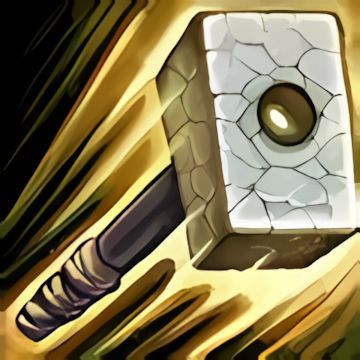
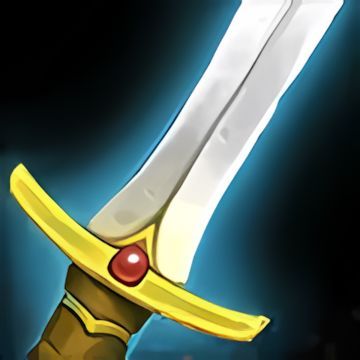


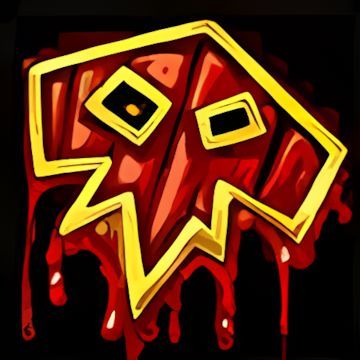
Synopsis: Ret-Warrior teams currently occupy about 9% of the games played above 1800 as of week four. Retribution Paladin and Fury Warrior together currently have some of the highest potential single target burst damage output in the game. Looking at the constant kill pressure Ret-Warrior has with their significant utility and defensive cooldowns, thanks largely to the Ret Paladin, makes it very clear why this composition is so popular: It is oppressive. When considering win rates, the only popular composition that Ret-Warrior struggles with is RMP. The prevalence of Ret-Warrior is most likely one of the biggest reasons we see RMP succeed as well as they do in this meta.
Pros: Ret-Warrior together put out nearly unhealable damage in many situations. Your offensive cooldowns will almost always require the enemy to press their defensives. While the damage is oppressive, skilled players can optimally use their utilities to succeed with this composition. Ret Paladins have Blessings of Sacrifice and Protection, reducing damage their teammates take. They also have Hand of Freedom, increasing melee uptime significantly. Word of Glory off-healing from Rets is also extremely potent. All of this utility means that typically the Ret Paladin can keep themselves and their Warrior alive during a crowd control chain on their healer.
Cons: Ret-Warrior’s “go” is typically very predictable. Spear of Bastion and Avenging Wrath is extremely visible cooldowns and if not used properly, negated with crowd control and positioning. I believe Ret-Warrior lives and dies by the skill of its Retribution Paladin. The Paladin’s blessing of protection can be easily dispelled by many classes. Careless use of the Paladin’s blessing of sacrifice can lead to target-swapping kills onto the Paladin. Bubbling offensively and failing to secure a kill makes the Paladin a prime target.
Author’s Note regarding rankings: In looking at these statistics, the compositions were rank-ordered based upon specialization-specific representation above 1800. Meaning that while Ret/Warrior with any healer dominates representation, playing 9% or more of games above 1800, healer-specific variants sit around 3.5%. It is for this reason that the first composition on our list is RMP, boasting a specialization and healer specific 6% of games played above 1800. It is certainly probable that when making a more subjective “Strongest compositions in S4 The War Within” article, Ret/Warrior would take the #1 spot. But, the line had to be drawn somewhere and I think healer class and specialization consistency within a composition shows a particularly strong 3v3 “trio” rather than a robust “duo” that still pairs well with most healers.
#3: Survival Hunter / Feral Druid / Disc Priest | “Jungle Cleave” (variant) | 3.6%
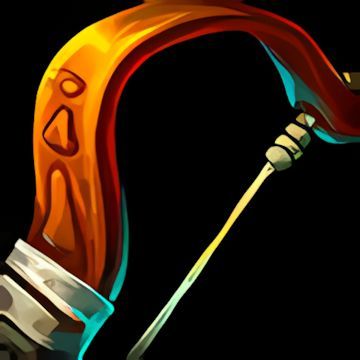


Synopsis: Jungle cleave has seen a fair bit of ladder play the last two seasons. Feral Druids and hunters have extremely complimentary toolkits and this is the most popular composition for both classes throughout many different variations of WoW arenas. When looking at the teams’ win percentages versus other compositions, there seems to be one clear indicator as to why we’re seeing Jungle prominence: Statistically this is the only composition that sees a 50% or higher win rate versus RMP at the moment. Both Survival and Beast Mastery variants of this composition see similar success against RMP. Feral Druids have always caused problems for Mages as they are unable to be polymorphed and can shapeshift out of slows and roots. Survival hunters have extremely high damage in this meta, which I believe has led to its popularity over beast mastery this season. By the numbers, Jungle cleave seems to struggle the most with Ret-Warrior. Discipline Priest was the go-to healer for Jungle cleave last season despite Holy being stronger in most other situations. The added consistent daMage of discipline atonement healing as well as their flexibility with covenants and playstyles makes them a great addition to such a versatile composition.
Pros: Extremely versatile composition with a lot of crowd control. Survival hunters have excellent cleave damage and a variety of crowd control tools to set up kills for the feral Druid. Again, versatility seems to be the name of the game for Jungle Cleave. They have high damage output and multiple playstyles with which to find win conditions. Feral Druids have excellent single target damage but can also spread pressure with bleeds, adding to the already staggering cleave damage that Survival hunters do now.
Cons: Jungle cleave seems to fall prey to the “Jack of all trades, master of none.” Problem. They do everything well, but there is no single thing Jungle does better than any other composition. Rogue-Mage does better crowd control chains and burst, Ret-Warrior has more damage, etc.
#4: Havoc Demon Hunter / Balance Druid / Restoration Shaman |“DH Boomkin” | 2.8%
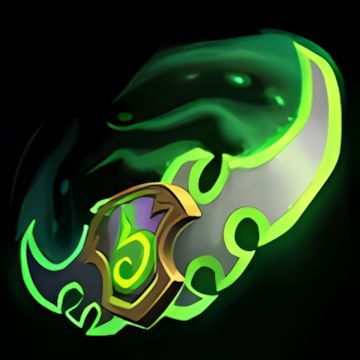


Synopsis: Demon hunter, Balance Druid, and Resto Shaman made a huge splash in Season two of The War Within. After the Kindred Spirits nerfs, we saw less of this composition in Season three. It appears to be making a resurgence as the 4th most represented comp above 1800.
Pros: The spread pressure from this composition is impressive during their offensive cooldowns. Both DPS have excellent AOE DPS as well as single target burst. There is also significant crowd control potential with cyclone, hex, roots, and Demon Hunter stuns.
Cons: There is a lot of crowd control here that shares diminishing returns. Shaman and Druid roots, Demon Hunter Imprison & Druid Cyclone, Capacitor totem, Demon Hunter stuns, etc. This composition requires a fair bit of coordination to play successfully.
#5: Havoc Demon Hunter / Unholy Death Knight / Resto Shaman | “Hero Cleave” | 2.5%

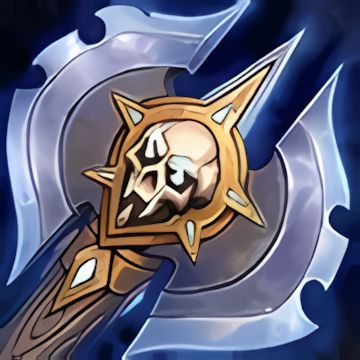

Synopsis: Another popular cleave team in The War Within Season 3 that is carrying over into Season 4 is DHDK. This composition is as oppressive as ever. If your team doesn’t contain some sort of damage immunity or immense control, DHDK will run you down.
Pros: The cleave pressure that Abomination Limb and Metamorphosis bring to the table is second to none. This composition brings an abundance of damage that makes it seems like their “go” never ends. Ranged silences, stuns, and interrupts, make this composition a caster’s worst nightmare.
Cons: Outside of their defensive cooldowns, both Death Knights and Demon Hunters are fairly soft. If RMP sees a Demon Hunter without a gladiator's medallion available, they know that DH is dead meat on their next “go”. Similarly, if Death Knights are unable to stay in the melee range of an attacker to heal with a death strike, they can very quickly drop from range.
That concludes our Top 5 Arena composition list for Season Four of The War Within. Now get out there and start grinding that ladder! Thanks for reading!